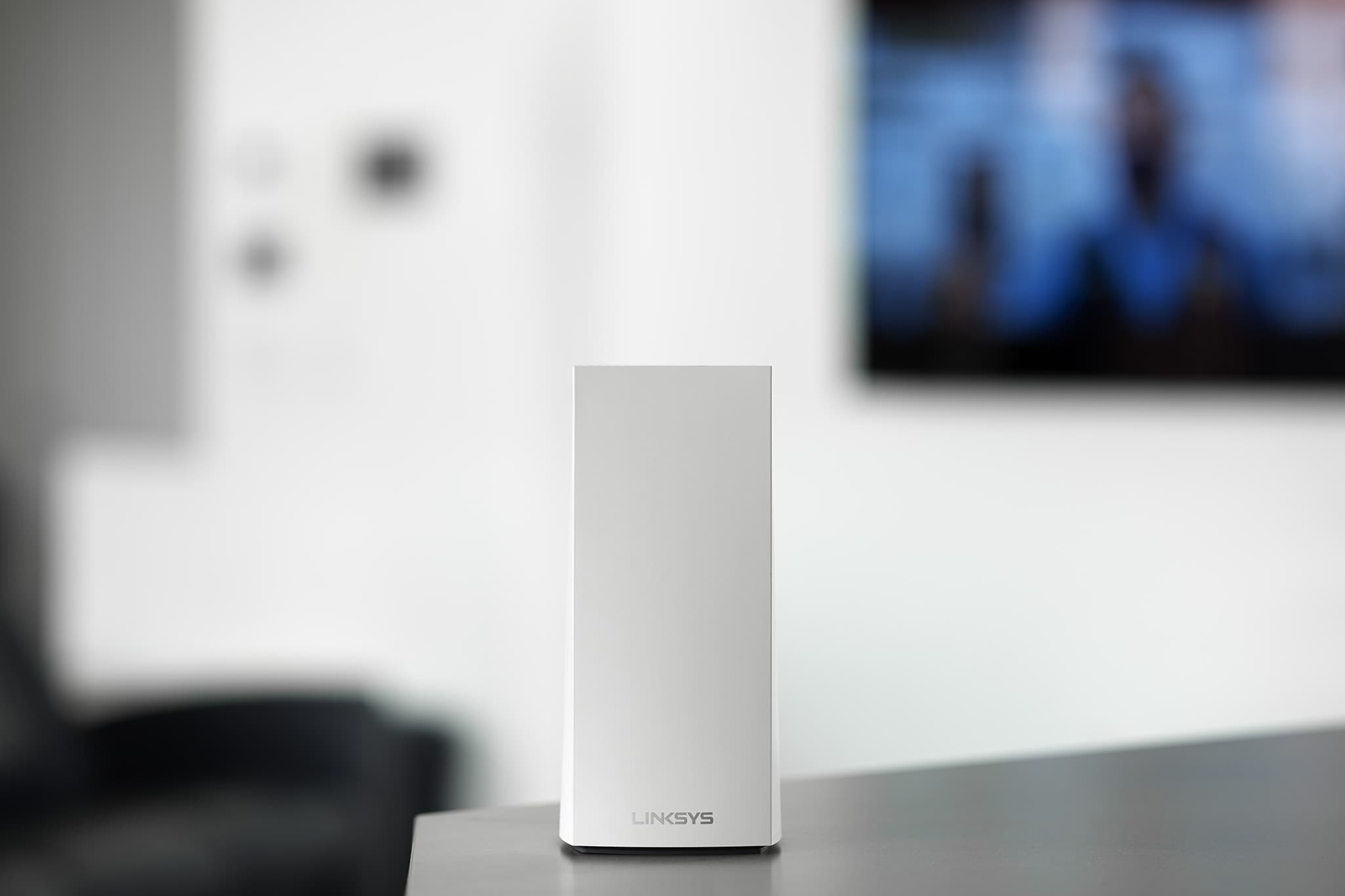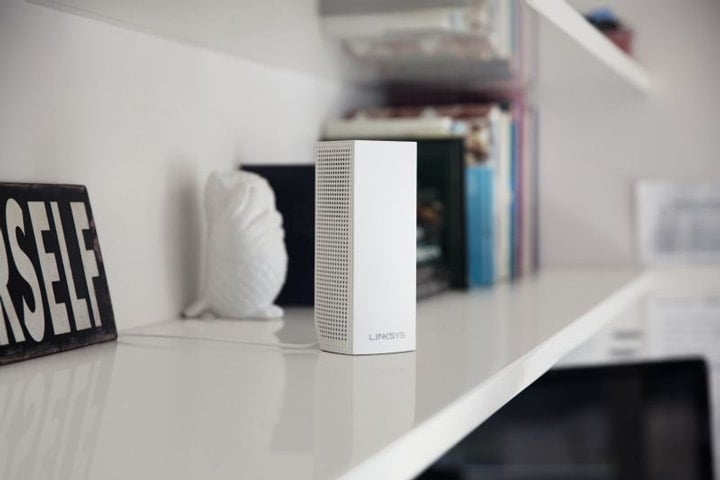While most smart home users are content with being able to control their lights and devices with an app, that’s actually just a fraction of what your connected home can do. Did you know that you can also trigger your devices based on where you are? This is known as geofencing. But how does this technology integrate into a smart home setup?
In this blog post, we explore the concept of geofencing and discuss its place in a smart home environment.
Smart Homes Explained
What is geofencing?
Geofencing involves setting up virtual boundaries or “fences” in a specific geographical area. This may be referred to by different names in your smart home app or hub, such as “areas” or “zones.” Geofencing leverages GPS, Wi-Fi, or cellular data to determine the location of the device. Boundaries are typically set up within the application or service (most commonly for your home). When a device enters or exits this area, certain actions are triggered.

Geofencing in the Smart Home
Geofencing can be used to streamline various home operations, including but not limited to:
- Heating and Cooling: Your thermostat can be set to adjust the temperature settings as you move in and out of the geofenced area, promoting energy efficiency. When no one is home, your entire HVAC system can be shut off, further increasing your energy savings.
- Lighting: Automate your lighting system to turn on or off when you enter or exit a room, eliminating the need to worry about left-on lights.
- Security Systems: Enhance security by having your system arm or disarm automatically as you come and go. No more worried about whether or not you set the alarm before you left!
- Tracking Family Members: Some platforms allow you to set tracking of individual family members using their smart home device or a Bluetooth tracking tag. While some might see this as a bit too Big Brother, for worrying Moms, it could mean a much more restful evening.
Why should I use geofencing technology?
Using geofencing in your smart home setup brings in a layer of automation that learns and reacts according to your location, adding an element of convenience and efficiency to your daily routines. While it’s not without its shortcomings — such as potential privacy concerns — the benefits often outweigh the negatives, offering a more streamlined and efficient home management system.
How to Set Up a Geofence
While the process varies from app to app, there are a few general steps that you’ll need to complete to use the technology effectively.
- Plan first.
What places would you want to know where a family member is at? Initially, track home and work or school locations. Inside the home, use motion sensors to track the presence of people in a room.
- Set it up.
While you can typically set up geofencing boundaries within apps, we recommend setting them up in your smart home hub instead. This way if anything changes, you only have to make those changes in one place.
- Set up your triggers.
Define the actions to be taken when you enter or exit the geofenced area. For knowing the location of somebody, this isn’t necessary. But to turn smart devices on and off, you’ll need to set those up as well.
Conclusion
Geofencing is a practical tool in the smart home toolkit, offering users a way to automate routines and manage home devices more efficiently through geographical triggers. While it may not be for everyone, many find value in the convenience and automation it brings to everyday routines, giving a new dimension to what a smart home can be. As with any technology, it’s about personal preference and how you choose to integrate it into your life and home setup.




